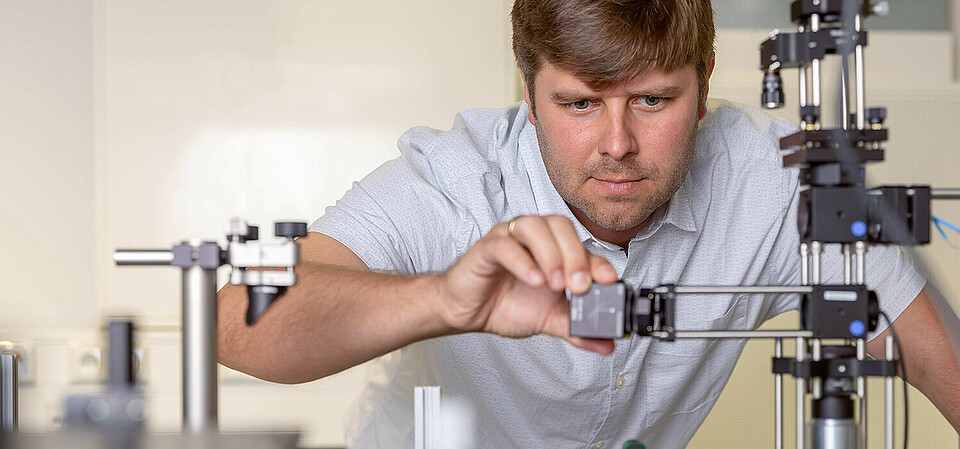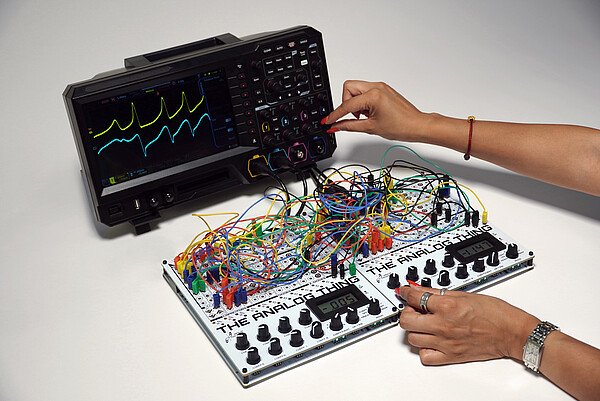Using Light Particles To Transport Secure Signals

Seeing the light – work on the Quantum Network at the Technical University Berlin – © TU Berlin/PR/Felix Noak
The Technical University Berlin is leading a joint project to test a new method for secure communications. The idea is to use secret keys exchanged between the sender and receiver via individual light particles. The keys are exchanged – initially over optical fibers – between two locations with a pivotal central station in between which dispenses codes to recipient and sender a-synchronically. In theory this is absolutely secure due to the principles of quantum physics, and eventually should work via satellite too. The joint project “tubLANn Q.0” is funded with €2.4M by the Federal Ministry of Education and Research (BMBF). Quantum cryptography is a response to quantum hackers, that is to say the threat powerful quantum computers pose to current encryption systems. Quantum computers are not necessarily better than or superior to conventional computers, but if or when they work they will be able to run certain types of algorithms faster, making it feasible for instance to break into certain security systems. On a quantum level, the laws of physics as we know them give way to phenomena which cannot be predicted exactly – there is always a measure of doubt as to the particular state of, for instance, a particle at a certain moment. Hence, the entire idea hinges on working with probabilities. In a worldwide first, the team behind “measurement-device-independent quantum key distribution” (MDI-QKD) will shoot keys not with a laser but with “pure single-photon sources that actually emit only a single light particle at a time.” Companies such as the Bundesdruckerei and PicoQuant are involved in the project to ensure applicability.




